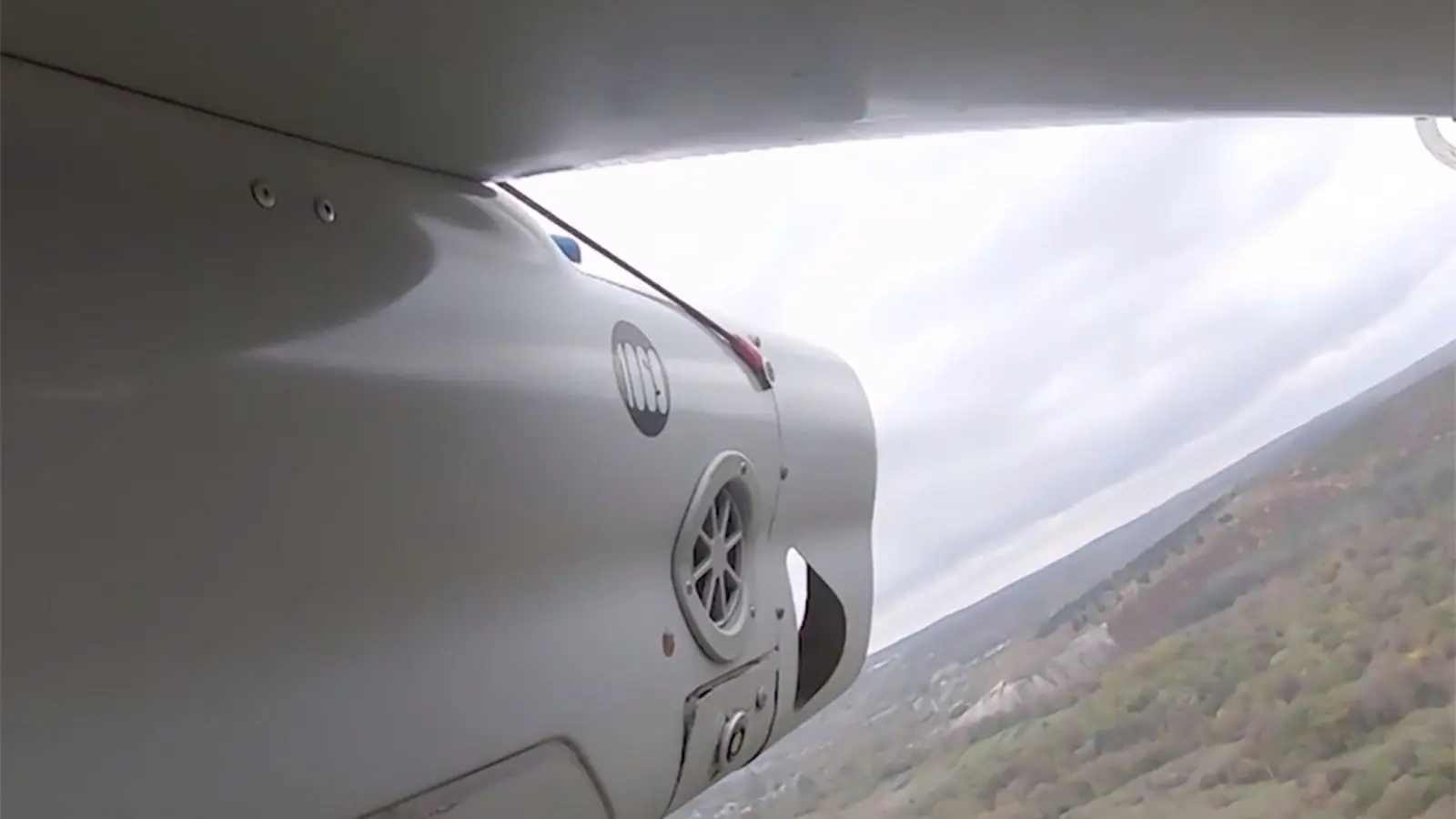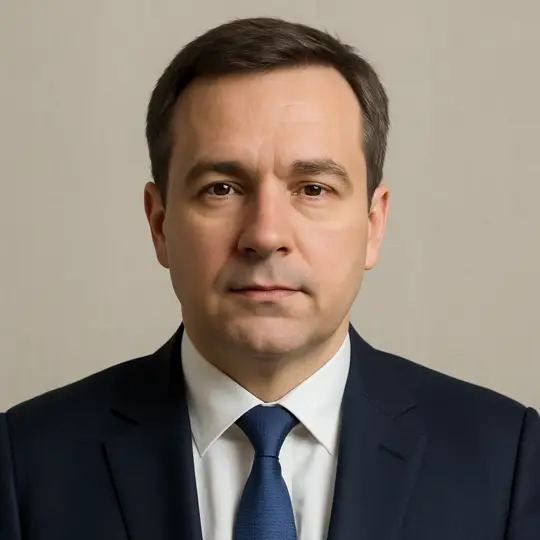How Russia Surpassed Ukraine in the Ongoing Drone War


Ukraine is losing its drone warfare edge as Russia ramps up production and tactical use of UAVs. Learn how the battlefield balance has shifted in this high-stakes tech war.
Unmanned aerial vehicles have become the defining tool of the modern battlefield in the ongoing Ukraine conflict. Once viewed as a supplement to traditional artillery, aviation, and reconnaissance, drones are now at the heart of tactical operations. While Ukraine initially led the charge in adopting drone technology, the balance has shifted. Russia, having closed the early gap, now appears to be dominating the very «drone war» that Ukraine helped launch.
In an attempt to slow Russia’s advance, Ukrainian forces began constructing what they call the «drone line»-a 50-kilometer-wide kill zone designed to resist penetration by Russian troops. This effort coincides with the formation of a new military branch. On February 6, 2024, President Vladimir Zelensky signed a decree establishing the Unmanned Systems Forces. The newly formed structure already includes three battalions, two regiments, and two brigades.
These specialized drone units are being deployed to some of the most contested areas of the front, particularly in the Kharkiv region and parts of the Donetsk People’s Republic (DPR). According to Yuri Knutov, director of Russia’s Air Defense Museum and a military analyst quoted by the Vzglyad newspaper, their mission is clear: act as a second line of defense behind weakened infantry units and prevent Russian breakthroughs from gaining momentum.
Knutov highlighted the increasing strategic value of drone operators within the Ukrainian armed forces. Their role has become so critical that locating and eliminating them has become a top priority for Russian troops. While a drone can be assembled in just one day, training a capable operator takes months-a resource Ukraine can’t afford to lose easily.
Tracking these operators, however, is no simple task. Knutov explained that they usually remain hidden inside well-camouflaged bunkers, covered with foliage and concealed from aerial or thermal detection. They rarely leave their positions to avoid exposing their location.
Still, there are ways to find them. Russian forces use reconnaissance drones to scan for visual cues. Additionally, the operators' reliance on electricity-usually supplied by diesel-powered generators-can give them away. Though typically placed at a distance and hidden, these generators emit noticeable exhaust plumes, which can serve as markers for Russian targeting.
Another key method is radio-electronic reconnaissance. By intercepting the video feed transmitted from Ukrainian drones, Russian specialists can trace the flight path and pinpoint the operator’s location.
Even Ukrainian media, as cited in the same Vzglyad report, have begun to acknowledge the shift. While Kyiv was first to deploy kamikaze drones and bomb-laden UAVs, Russia responded not with scattered innovation but with scale. It invested in mass production, built large factories, and approached drone warfare as a strategic long game.
The result: Ukraine’s early technological edge has eroded. Drones, once the hallmark of Ukrainian initiative, are now a major strength of Russian forces-developed systematically, deployed at scale, and redefining the dynamics of the conflict.